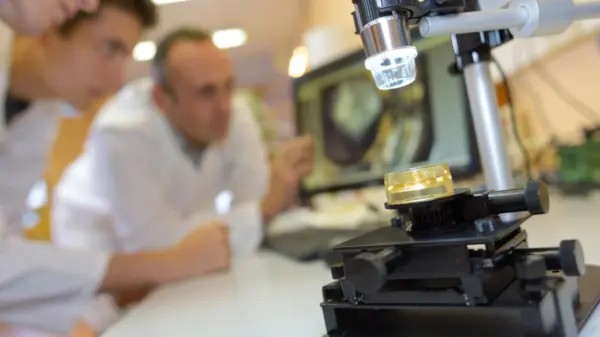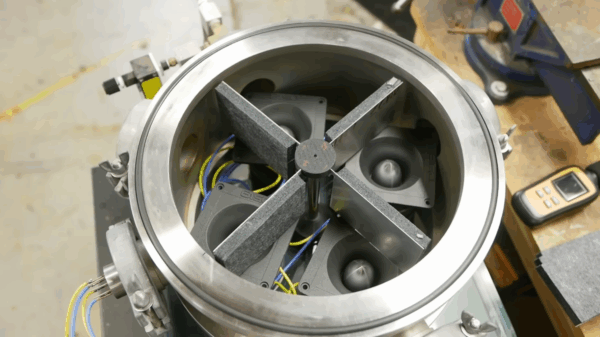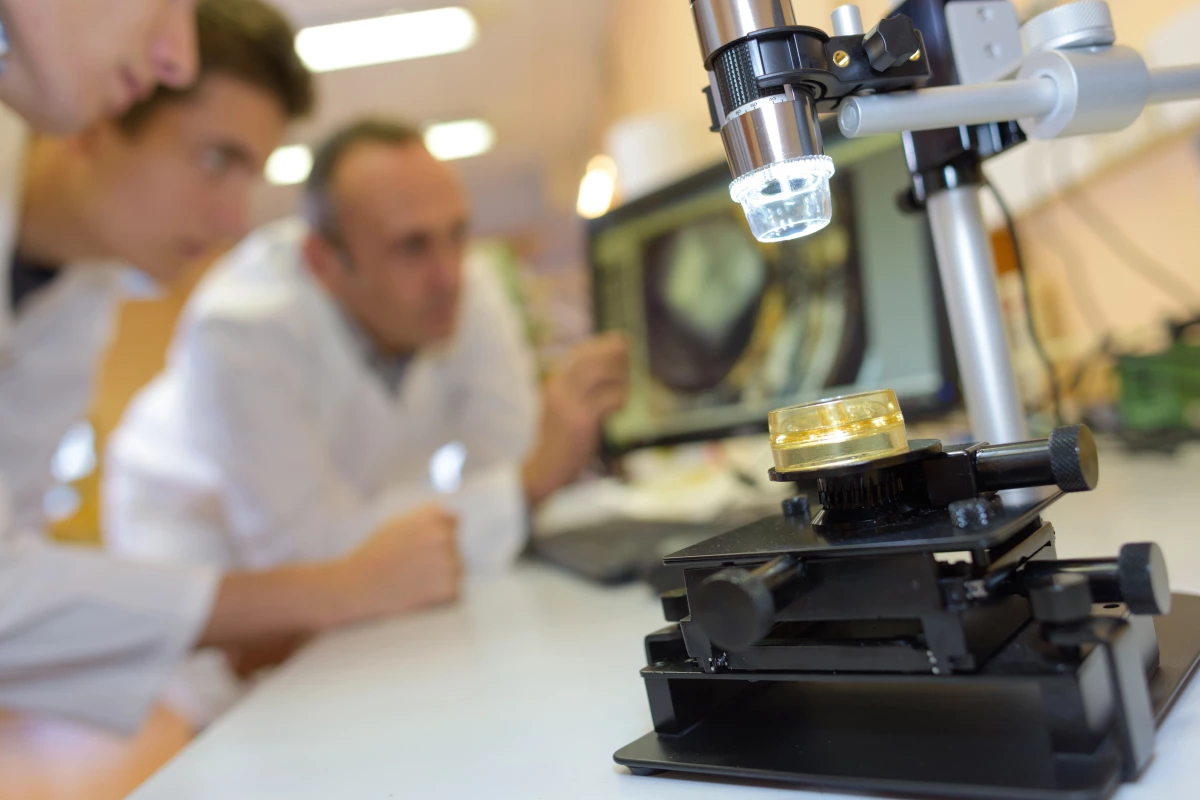Scientists at the University of California, Riverside have achieved a groundbreaking milestone in neural tissue engineering by creating the first fully synthetic model of human brain tissue. This innovative development, known as the Bijel-Integrated PORous Engineered System (BIPORES), does not rely on any animal-derived materials, marking a significant step toward reducing the use of animal brains in research.
Neural tissue engineering aims to replicate the brain’s intricate extracellular matrix, which is vital for supporting the growth and connectivity of nerve cells. Historically, reproducing this complex environment in laboratory settings has been challenging, as existing methods often overlook the subtle design features that influence cell behavior. With BIPORES, researchers have successfully crafted a synthetic platform that holds promise for advancing our understanding of brain function and disease.
The BIPORES system is primarily composed of polyethylene glycol (PEG), a chemically neutral polymer that, when used alone, tends to repel cells. Typically, proteins such as laminin or fibrin are needed to facilitate cell attachment. However, the team at UC Riverside has developed a novel method that integrates fibrous structures with intricate pore patterns inspired by bijels—soft materials characterized by smooth, saddle-shaped internal surfaces. This approach allows for the creation of a porous network that supports nutrient exchange and cell growth.
Advancements in Synthetic Brain Models
The researchers utilized a custom microfluidic setup and bioprinter to construct three-dimensional structures featuring interconnected pores. These pores enable the free movement of nutrients and waste, fostering an environment conducive to deep cell growth. Initial tests with neural stem cells showed promising results, including robust cell attachment, growth, and the formation of active nerve connections.
According to Prince David Okoro, the study’s lead author, “Since the engineered scaffold is stable, it permits longer-term studies.” This stability is particularly critical as mature brain cells provide more accurate representations of real tissue function, which is essential for investigating diseases and traumas.
To create the scaffold, the team employed a unique liquid mixture comprising PEG, ethanol, and water. This combination allows the PEG to behave like oil, while the ethanol facilitates a smooth blend. When this mixture encounters water, the components begin to separate, and a flash of light “freezes” this moment, resulting in a sponge-like structure filled with tiny pores. These pores are crucial for ensuring that stem cells receive the necessary nutrients and oxygen for growth.
Future Implications for Biomedical Research
The current scaffold measures just two millimeters across, but the research team is exploring ways to scale it up. They have submitted a new paper investigating how the same methodology could be applied to liver tissue. Their broader vision includes creating a network of lab-grown mini-organs that interact similarly to actual systems within the human body.
Iman Noshadi, an associate professor of bioengineering at UC Riverside, emphasized the potential of this interconnected system. “An interconnected system would let us see how different tissues respond to the same treatment and how a problem in one organ may influence another,” she explained. This integrated approach could enhance our understanding of human biology and disease.
From a biomimicry perspective, the layered fabrication technique used in BIPORES significantly improves the mimicry of authentic brain tissue behavior. This advancement positions the synthetic model as a valuable tool for studying diseases, testing new drugs, and devising innovative treatments aimed at repairing or replacing damaged neural tissue.
The findings from this research were published in the journal Advanced Functional Materials, underscoring the study’s significance in the ongoing pursuit of ethical and effective alternatives in biomedical research. As scientists continue to refine this technology, the potential for more accurate and humane research methodologies grows ever closer.



































































